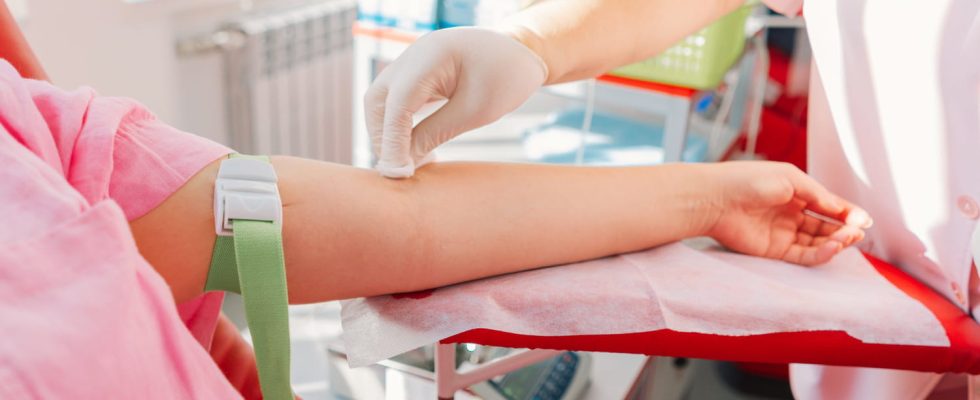HDL cholesterol is the “good” cholesterol. What is the normal rate? How can we get more if we lack it?
Cholesterol is essential for the proper functioning of our body as long as its level is normal. There is the bad, the LDL, and the good cholesterol: HDL.
Definition: what is HDL cholesterol?
Cholesterol is made up of lipids circulating in the blood. It is transported by lipoproteins of different densities. Lipoproteins HDL constitute the “hhigh density lipoproteins” or “high density lipoproteins” (in French) and it is they which allow the transport of cholesterol to the liver, thus releasing it from the blood circulation, where it risks causing atherosclerotic plaques on the walls of the arteries. It is then eliminated through the bile. Thus, HDL cholesterol helps eliminate excess cholesterol that is bad for the body.
When to test HDL cholesterol? With an empty stomach ?
HDL cholesterol is measured using a venous blood test carried out on an empty stomach, during a lipid profile. The dosage of total cholesterol and the different lipoproteins that transport it must be carried out regularly in a subject at risk. Lipid testing is often prescribed routinely. It is also part of the monitoring of subjects who have already had a cardiovascular accident.
Normal levels of HDl cholesterol vary depending on gender, age, physical activity and diet. The normal HDL level is understood between 0.35 and 0.60 g/L. From 50 years old, its rate varies from 0.40 to 0.65 grams per liter of blood.
Low HDL levels
Low HDL cholesterol may be linked to chronic smoking, taking progestin-only medications or even diabetes. Low HDL cholesterol is a cardiovascular risk because this risk factor is mainly assessed by the LDL/HDL ratio. If the HDL level is low, cholesterol remains in the blood circulation and accumulates until it causes atherosclerotic plaques on the walls of the arteries and gradually obstructs them. The risk of cardiovascular accidents is then high.
How to increase your HDL level?
If HDL cholesterol is high, that’s good. To increase HDL levels, healthy and balanced diet combined with physical activity are essential. You should prefer a diet rich in mono and polyunsaturated fatty acids which are found in particular in rapeseed oil, walnut oil, olive oil, sunflower or soybean oil. Physical activity at a rate ofat least 3 hours per week is essential, as is the smoking cessation and moderation of the consumption of alcoholic beverages.
What to do if you have high HDL levels?
In case of high HDL level, it is then necessary toassess all risk factors of the subject (high blood pressure, smoking, excess weight, diabetes, etc.) and to treat them comprehensively to limit the risk of cardiovascular accident as much as possible.
